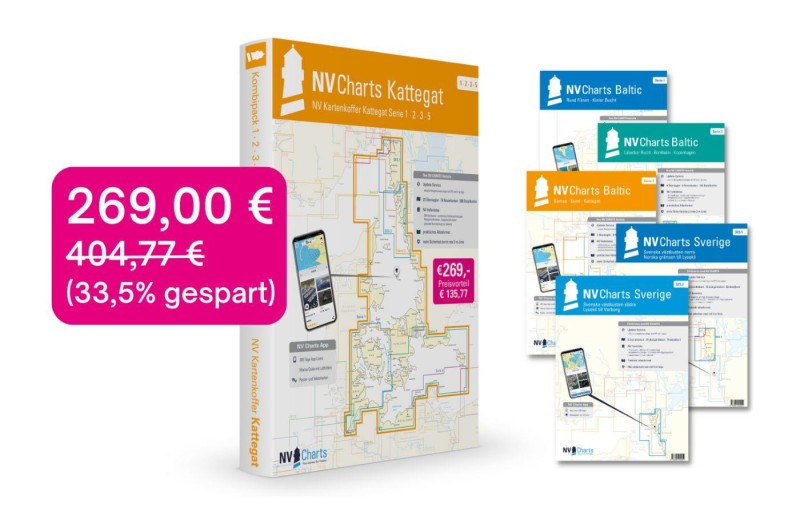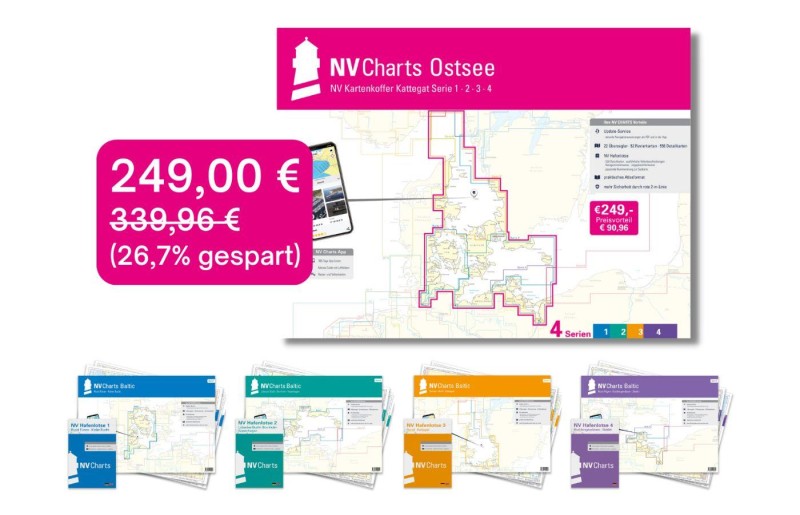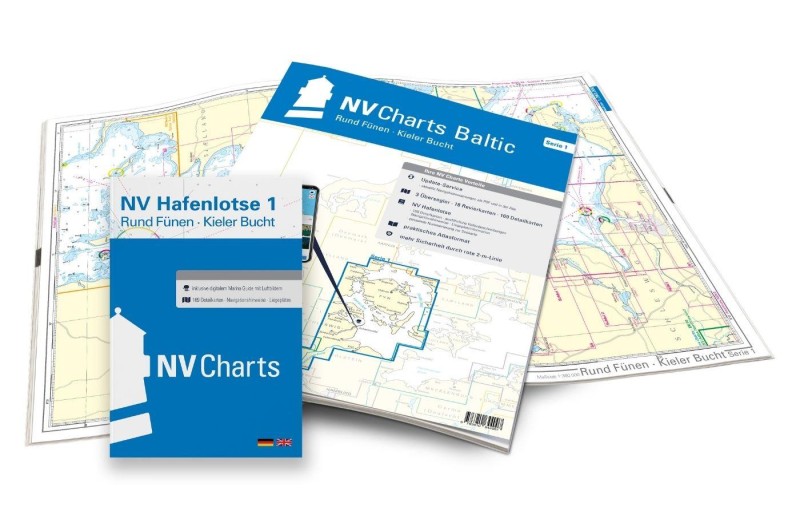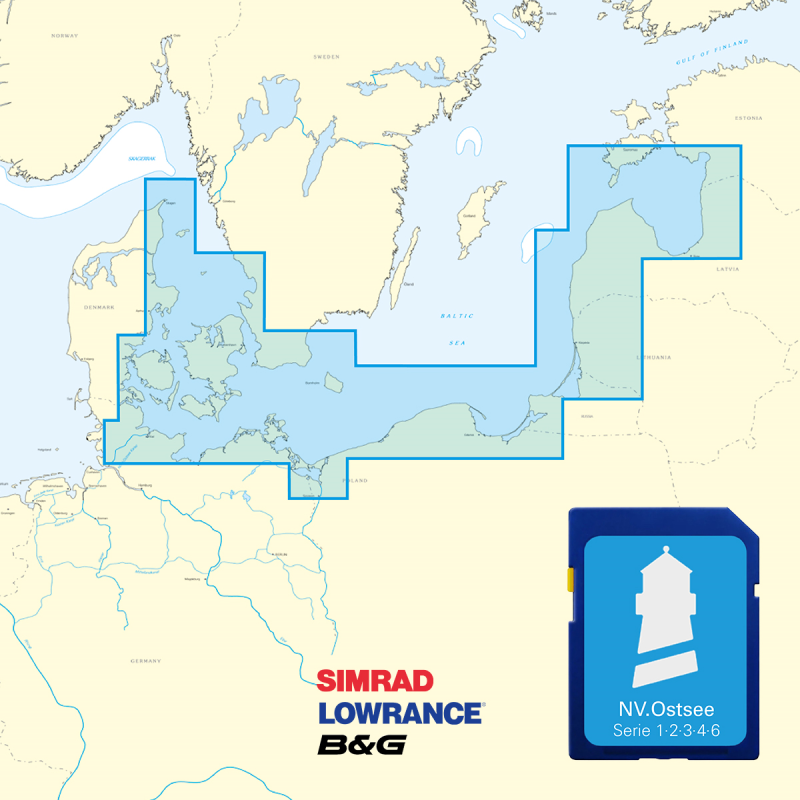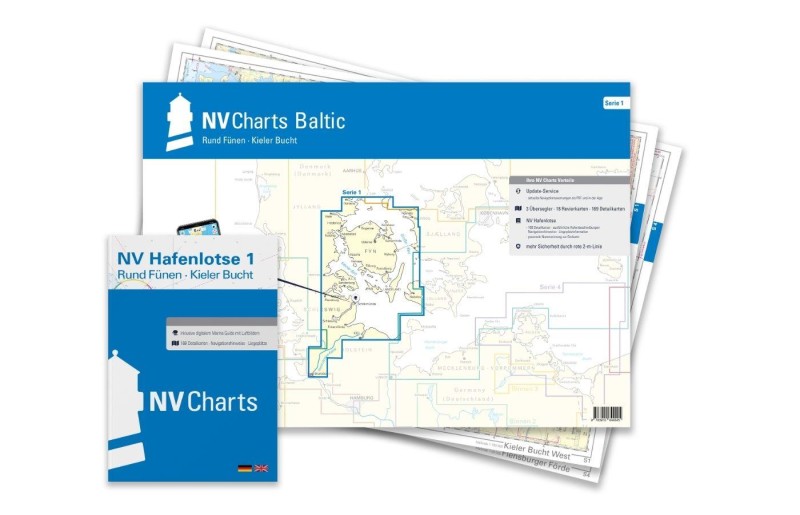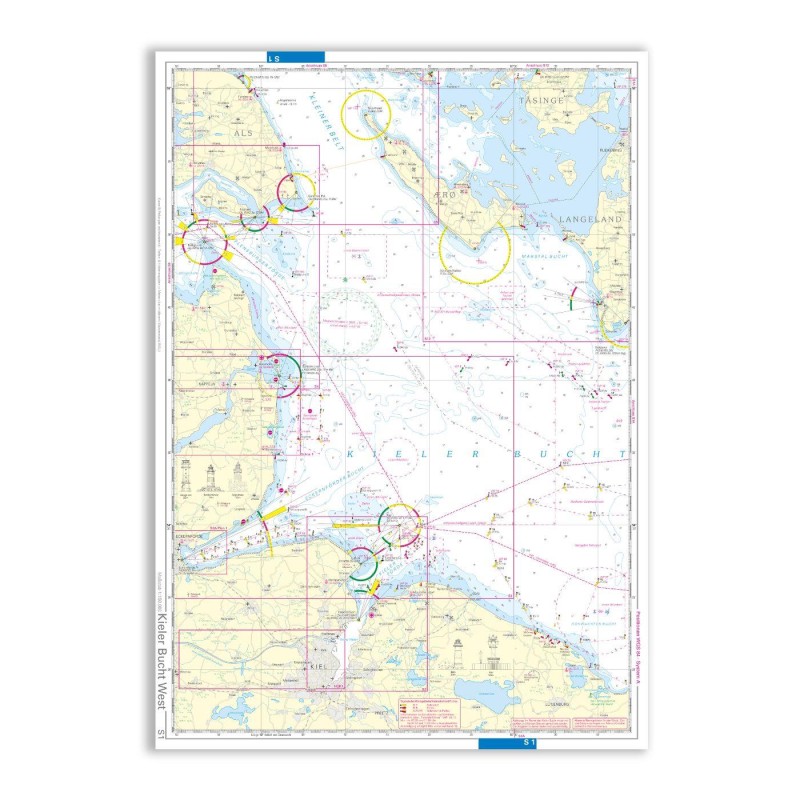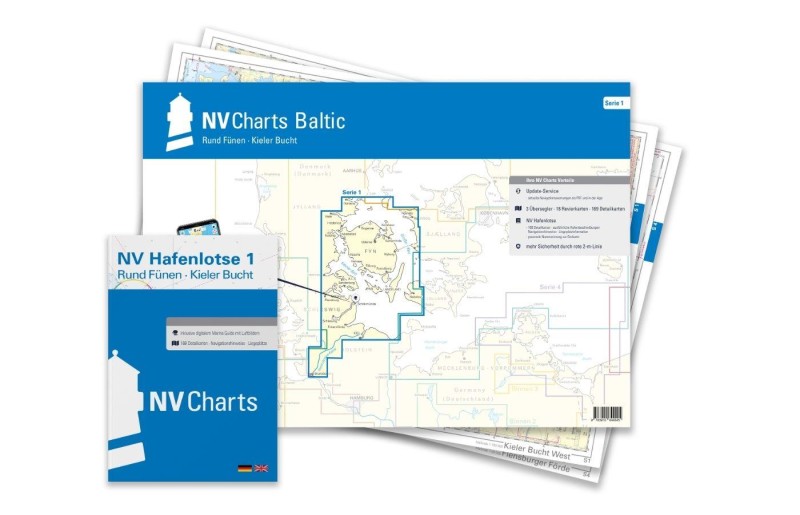Nakskov
Marina near Nakskov
Latitude
54° 49’ 44” NLongitude
11° 8’ 6.3” EDescription
Trade port at the eastern end of Nakskov Fjord.
NV Cruising Guide
Navigation
The approach is via the very narrow, buoyed and lit fairway of Nakskov Fjord. At night you need a searchlight because of the many unlit buoys.
Berths
Guests will find central moorings in the commercial harbour, south-east of the harbour office at 4.5m, which is hardly used by commercial shipping. The priv. jetties in the outer harbour are occupied by local boats.
Surroundings
In the village at the harbor are good supplies, also a small boatyard and fuel. Modern sanitary facilities.
NV Land Guide
There are few Danish towns that have been so badly affected by fires and wars over the centuries as Nakskov. Nearly the entire town was a prey to flames in 1420. Only 90 years later, when the town had just recovered from this catastrophe, the Lübeckers set fire to the harbour town. The citizens thought they were safe from the attacks of the Hanseatic League because King Hans had Engelsburg Castle and a fortified dockyard for warships built on the offshore island of Slotø to protect the city. But according to the tale, something happened that no one had expected: the Hanseatic fleet approached the fortress from the south in a previously unknown channel. The heavy cannons of Engelsburg, however, pointed to the north, to where the enemy was actually expected. The fleet calmly took the castle under fire (the ruins of Engelsburg can still be seen today) and then sailed unmolested to plunder Nakskov. Paradoxically, however, it was the piratical Hanseatic League that had previously brought the town its prosperity. The North Germans supplied themselves here cheaply with agricultural products and bought up the herring catches (see also Albuen). The Hanseatic League regarded with suspicion attempts by Danish shipmen to sell their goods on the German markets on their own initiative. They saw their position of power endangered: piracy and pillaging of the Lübeckers were the result. Nakskov was slow to recover from these raids, especially as another fire in 1528 caused severe damage to the town.
Although the popular trading town was developed into one of Denmark's strongest fortresses after the Hanseatic raids, it surrendered without a fight to the Swedes who had come across the ice in 1658. When the Swedes returned the following year, the town thought it was better prepared and risked the fight. After several months of siege, the victorious Swedes completely plundered the town and partially destroyed it.
With 17,000 inhabitants, Nakskov is today the largest town on Lolland. Considering that it was razed to the ground several times, its old core still has a surprising amount of atmosphere to offer. However, this is really only true for the old town and its outskirts, as the rest of the town is dominated by industry. One of the largest sugar factories in Northern Europe can be recognized by the huge white silos in the east of the city. The area around the port is largely dominated by shipyards, loading cranes, factory buildings and dry docks. Still, you're not badly situated in the middle of it all, on the long northern quay because of its close proximity to the city centre.
The almost semi-circular layout of the centre's streets betrays the location of the long-gone rampart system. On your tour of the city, you should seek out the market square (Axeltorv). From the harbour you can get there via Farveren Stræde or Badstuenstræde. The signpost is the all-surpassing church, which also serves as a landmark as you make your way through the narrow streets and pretty backyard passages.
The market is lined with buildings, each of which is more than 100 years old. These include the town hall, last rebuilt in 1875, an eye-catching feature on Axeltorv. In the middle of the market square stands the equestrian statue of King Christian X. A cosy pub atmosphere can be experienced at Vinkælderen on the market square, an inn that has been in existence for 100 years. When the sun is shining, the restaurant's courtyard garden is a particularly snug spot.
St Nicolai Church, dedicated to the Saints of the Seafarers, dates from the 13th century but was last rebuilt in 1653. Worth seeing inside are the altarpiece made by Anders Mortensen in 1656, the pulpit made by Jörgen Ringius in 1630 and the baptismal font drawn by Lorentz Frölich in 1857. Lorentz Frölich, incidentally, illustrated several of Hans Christian Andersen's adventures. Whoever was responsible for the unusual money box of the church was not allowed to lose the bunch of keys, because then five locks of the box, which was made in 1573, had to be overcome at once. The cannonball, which can be seen in the choir vault, hit the vault in 1659 during a church service. The projectile had been fired by the Swedish besiegers. The fact that no one was harmed was seen as a sign of a higher place.
The Löwenapotheke on Axeltorv received its baroque façade in 1777, making it the oldest shop in the city. In 1645, leeches and medicinal herbs were sold here.
Theisens Gård, one of Nakskov's oldest merchants' warehouses, stretches from the market almost to the harbour. The old warehouses are the real gems of the town. Many of the long, half-timbered buildings have been converted into homes or cosy pubs.
One of the best-known warehouses is the carefully restored Dronningens pakhus from 1589. The half-timbered building in Dronningenstræde was used by the widow queen Sophie to ship grain. As Frederik II's widow, she had received the royal estates on Lolland and Falster so that her pension was secure. The royal granary is also Nakskov's oldest secular building. It is a reminder of a time when Nakskov grew to be one of the most important towns in the kingdom. In terms of population it was the seventh largest town in Denmark until the Swedes ended the prosperity. Trade did not revive again until after 1667, when Nakskov was declared a staple town for the whole of Lolland. But the island metropolis could not hold this position for long, because the farmers and many a nobleman preferred to export via the cheap "pirate ports". As early as 1682, Nakskov was deprived of the title of monopoly port.
With around 1800 employees, the shipyards are Nakskov's most important employers today, high unemployment figures during shipyard crises are therefore the consequence.
Whoever would like to have a look at the Jewish cemetery can get the key for it at the tourist office. It dates from around 1700, when Jews were allowed to settle in Denmark. The cemetery is no longer in use.
The inner firth is touted as a state preserve. From observation stands at the edge of the walking paths, the species-rich bird life can be viewed. "Svingelen" is the name of the town's park-like woodland.
The old smithy at 21 Tilegade is set up as a working museum. Retired blacksmiths demonstrate here what work was associated with their craft in the past, how tools were made and used, for example.
Nakskov's present history is the theme of changing exhibitions at Jernbanegade 8, with pictures and texts depicting life in the fjord town from 1900 to 1949.
Until 2011, the 76m-long Russian submarine U359 from 1953 could be seen here. Sadly, it had to be scrapped in 2011. It was also such a 'Whiskey-V' class boat that ran aground in Swedish waters in 1981.
Sports boaters who want to put their feet up for a day and still learn more about the Nakskov fjord should make their way to the Post Boat jetty in Harbour Street at 9.15am on a weekday. The boat usually makes stops at Slotø, Vejlø, Enehøje and Albuen. Instead of returning by mail boat, you can also walk inland along the Albuen headland and then take the bus back to Nakskov. This excursion is especially recommended for those whose yacht has too much draft to sail to Albuen. When planning the trip, it should be taken into account that the mail boats do not run on Sundays.
Whoever wants to visit the islands of the Smålands fairway from Nakskov has another opportunity to stock up on provisions in the small town. There are plenty of shopping opportunities in the pedestrian zone.
The Halstedt Monastery, five kilometres to the east, is a good destination for an excursion in the area. The old monastery garden is open to the public. Sølvbjerghøj, found about seven kilometres south of Nakskov in Munkeby, was the scene of the last public execution in Denmark in 1882. Anders Sjællænder was executed here with an axe for the murder of the egg merchant Svenkeren.
Marina Information
| Max Depth | 3 m |
Contact
| Phone | +45 54 67 73 32 |
| Please enable Javascript to read | |
| Website | http://lollandhavne.dk |
Surroundings
Electricity
Water
Toilet
Shower
Restaurant
Imbiss
Crane
Atm
Internet
Fuel
Diesel
Grocery
Boatyard
Ramp
Public Transport
Bikerental
Garbage
Comments
You can add comments with the NV Charts App (Windows - iOS - Android - Mac OSX).
You can download the current version at nvcharts.com/app.
